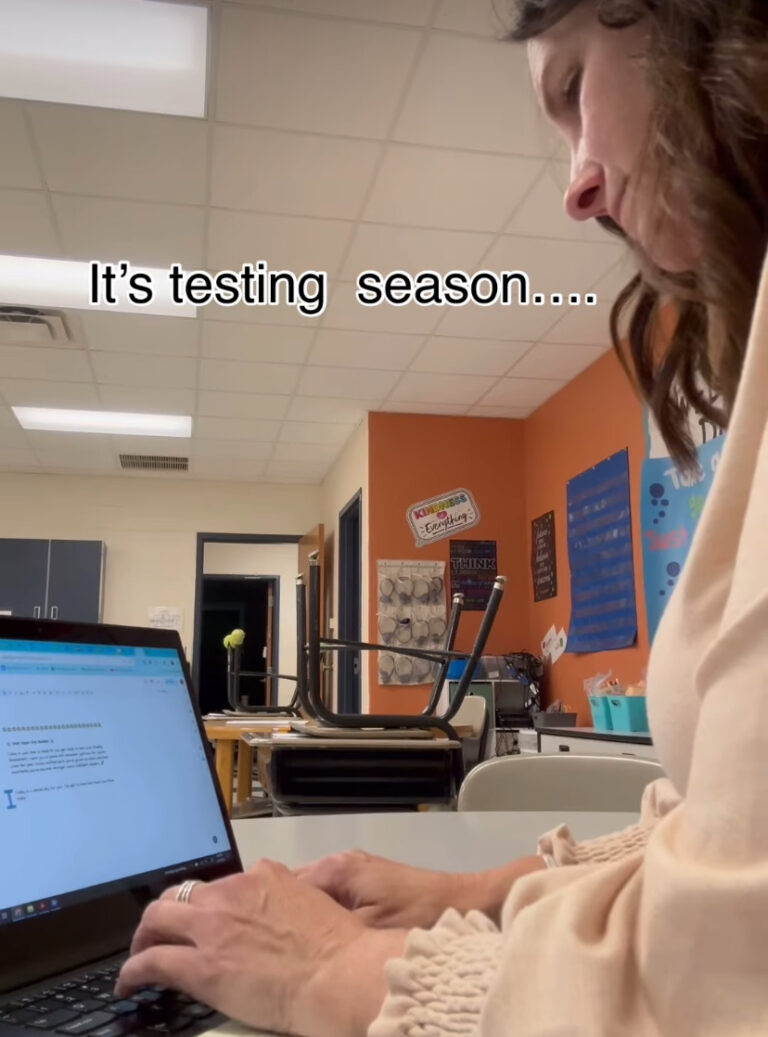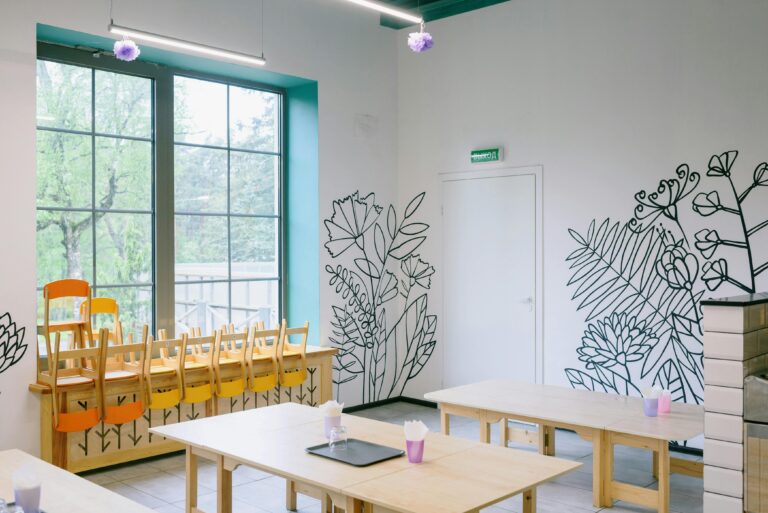By Shannon and Joy at the Southern Schoolhouse
Joy and I are the only two resource teachers at our school. It has taken us a few years, as our EC (Exceptional Children) population has grown, to figure out ways to fit everyone into a schedule. Covering service time, as well as building in time for our transitions, is always a challenge.
So many of our students across the lower grade levels have similar needs in reading and math. Because of the school schedule, it was challenging to group the students unless they were in the same grade level. Yet we knew the needs of the students varied within the lower grade levels. We began to brainstorm ways that the two of us could work together and organize the groups through rotations within a given time.
Before the start of the new school year, we met with the schedule committee to provide input that would allow us some flexibility and common times for reading and math across the grade levels. We knew this would make it easier for us when we tried to group kindergarteners through 2nd grade.
As the school year started, we did have to make some adjustments after getting to know the new students better. Here is an example of what this looks like each day.
In an hour block, we have three 20 minute rotations. We have a group of 7 little ones. We have each of them grouped together with a partner or group of three with similar needs. One group starts with Joy for basic reading skills and another will start with me for math needs. The third group is at an independent station working in a work box created with activities reinforcing IEP goals. On Fridays, the independent group is able to work with the IPad on a county chosen reading or math program.
For reading, Joy uses Fundations (county chosen instructional practice) and adapts to meet the needs of each group. For math, one group may be working on identifying numbers to 10 and simple addition to 5. Another group, working on identifying numbers to 100 and addition to 10. Having our materials organized and ready for each group is really important. Here is an article on how we organize our materials for the day.
Why do we think this team teaching rotation is best practice for our students? The rotation allows flexibility in scheduling, increases attention to task, and decreases behavior challenges. This hour is allotted to meet the service times of these students with similar needs. The rotation groups are small and more effective in providing specialized instruction, but with two of us in the classroom, we are able to effectively have a bigger group of children in the room. As our groups continue to grow, we are able to reflect and make changes within our team teaching time and rotations.
This team teaching rotation has been best practice for our program. We have seen the children grow academically and behaviorally. We will continue to use rotations and promote this team teaching practice with other resource teachers. If you have another special education colleague, we would encourage you to try a team teaching rotation group within your day.









